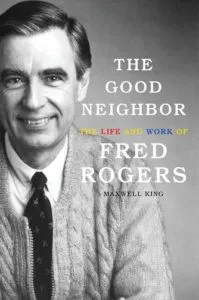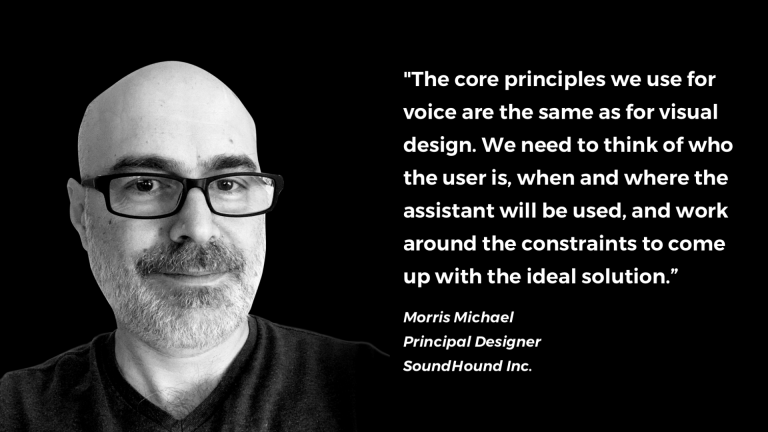Like so many other American children, I grew up watching the television show Mr. Rogers’ Neighborhood. The show was created and filmed at my local PBS member station WQED Pittsburgh. It’s where Fred Rogers got his start in public television. Since his rise to fame, Fred has become a legend across the country, but especially in the Pittsburgh area where his likeness is memorialized by many murals and statues throughout the city. Every time I’m home, I’m reminded of the impact Mr. Rogers’ Neighborhood and Fred himself continues to have, on my life and that of so many others.
Since its wide release last year, the critically-acclaimed documentary film Won’t You Be My Neighbor? about the life and work of the late Fred Rogers brought this man and his teachings back into the limelight. Like me, many people reflected on how he became a role model for generations of children by addressing difficult subjects and aspects of human life with straightforward, honest messages.
In the 2018 biography The Good Neighbor: The Life and Work of Fred Rogers, Maxwell King chronicles the story behind “Freddish” — a concept created by two writers of the show. With great success, they honed Fred Rogers’s voice by following these rules:
- “State the idea you wish to express as clearly as possible, and in terms preschoolers can understand.” Example: “It is dangerous to play in the street.”
- “Rephrase in a positive manner,” as in “It is good to play where it is safe.”
- “Rephrase the idea, bearing in mind that preschoolers cannot yet make subtle distinctions and need to be redirected to authorities they trust.” As in, “Ask your parents where it is safe to play.”
- Rephrase your idea to eliminate all elements that could be considered prescriptive, directive, or instructive.” (i.e., ask): “Your parents will tell you where it is safe to play.”
- “Rephrase any element that suggests certainty.” (i.e., will): “Your parents CAN tell you where it is safe to play.”
- “Rephrase your idea to eliminate any element that may not apply to ALL children (as in, having PARENTS): “Your favorite GROWN-UPS can tell you where it is safe to play.”
- “Add a simple motivational idea that gives preschoolers a reason to follow your advice”: “Your favorite GROWN-UPS can tell you where it is SAFE to play. It is good to listen to them.”
- “Rephrase your new statement, repeating Step One (i.e., GOOD as a personal value judgment): “Your favorite GROWNUPS can tell you where it is SAFE to play. It is important to try to listen to them.”
- “Rephrase your idea a final time, relating it to some phase of development a preschooler can understand (i.e., growing): “Your favorite GROWN-UPS can tell you where it is SAFE to play. It is important to try to listen to them. And listening is an important part of growing.”
After reading about Freddish last year, I was astonished at the parallels between the Freddish rules and the voice user interface (VUI) brand guidelines my company (Voxable) helps our clients define.
The three core components of VUI brands are:
- Voice – The quality of the words a VUI uses
- Tone – The way those words modulate for specific situations
- Persona – The character that embodies the voice and tone
Similar to how the Freddish rules enabled different Mr. Rogers’ Neighborhood writers to come together to create a singular voice, tone, and persona for the show, well-defined VUI brand guidelines help a design team align to create a cohesive conversational experience for users.
The Freddish rules inspired me to devise an exercise for the conversational design workshops that Voxable delivers to our clients. Voxable’s Freddish exercise centers around a VUI design team reflecting on how the Mr. Rogers’ Neighborhood writers established the Freddish rules, then working to understand or define their company’s brand and collectively creating a set of rules to describe how that brand speaks. The rules defined in this exercise are different for every team as they reflect each company’s unique brand direction.
Regardless of client type or size, we’ve found every team wanting to create a cohesive VUI voice, tone, and persona benefits from these four Freddish-inspired tips:
1. Know Your Audience
Fred Rogers excelled at connecting with his audience because he understood how language affected them. Since his primary audience was children, he used simplistic, positive phrases to build trust and communicate his message. Fred Rogers knew that words mattered and respected the perceptiveness of children. The Good Neighbor describes Rogers’s attention to language:










